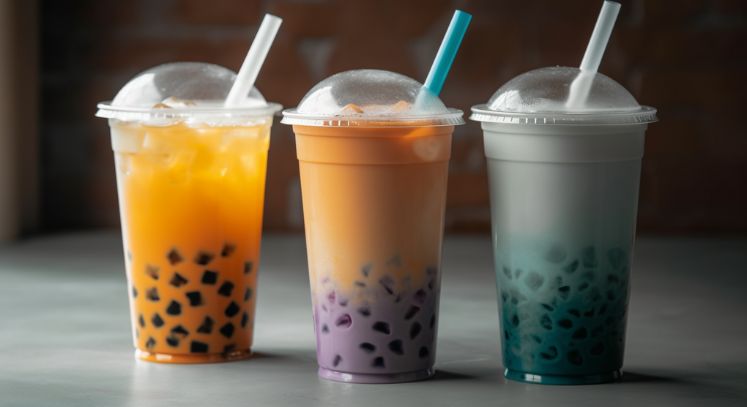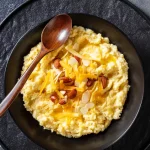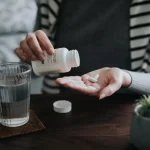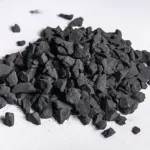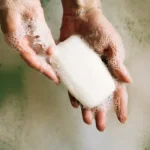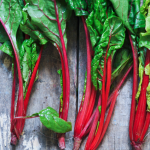Boba is a bubble tea, which has been a favored drink among younger generations, in recent years. People can’t get enough as it comes with its sweet fruity flavors, creamy texture, and fun fat straws. This article will provide a comprehensive overview of boba – from its origins to many ways to customize an order.
The origins of Boba
Boba originate from Taiwan, but the exact origins are disputed. However, the common story credits a tea shop owner named Lin Hsiu Hui. She began serving Chinese tea filled with small tapioca pearls “boba”, meaning large pearls. These chewy tapioca balls or bubbles distinguish boba from standard milk tea because of their round shape. The combination became prevalent and boba shops started popping up across Taiwan and in Chinese communities.
What is Boba Made Of?
Boba comes with black tea, milk, sugar, and tapioca pearls. The tea is strong, with a mixture of all the additions and sweeteners. Milk gives boba a signature creaminess, and sugar counters the bitterness of black tea. The tapioca pearls give Bobaa delicious chewy sweetness when added to the tea.
Boba Toppings and Flavors
While traditional boba features black tea and simple syrup, cafes now offer many flavors and customizations. Here is some key information about boba toppings and flavors that can be added:
Popular Boba Toppings
- Tapioca pearls – The classic boba topping, chewy translucent pearls.
- Fruit jelly – Colorful cubes like lychee, mango, strawberry, peach, kiwi, etc.
- Popping boba – Juice-filled bubbles that burst with flavor.
- Grass jelly – Black cubes of mesona chinensis gelatin with a slightly bitter herbal taste.
- Pudding – Sweet Chinese or Jell-O style custards and flans.
- Red bean – Sweet adzuki beans popular in Asian desserts.
- Aloe vera – Soft cubes of refreshing aloe with soothing health benefits.
- Coffee jelly – Espresso cubes with a hint of sweetness.
Boba Flavor Options
- Fruit flavors – Popular classics like strawberry, mango, passionfruit, peach, lychee, and lemon.
- Herbal teas – Floral blooming teas or nourishing traditional blends like jasmine or oolong.
- Spice flavors – Blends featuring cinnamon, vanilla, chocolate, matcha powder, cardamom, etc.
The variety of add-ins and flavor choices for customizing your boba order is endless. Get creative and try inventing your signature boba drink! Once your tea and flavors are selected, the fun begins with choosing boba toppings!
How to Make Boba at Home
To make boba at home, start by brewing strongly flavored black tea and sweetening it to taste with simple syrup, honey, or sugar. For traditional boba, cook uncooked tapioca pearls according to package directions until translucent then soak them in simple sugar syrup flavored how you like. Allow them to cool. When ready to serve, fill cups with ice, and milk tea, then add boba pearls using a large bubble tea straw. Mix and enjoy!
To make fruit jelly boba, blend your favorite fruits or juices with a teaspoon of agar powder as directed then pour into a flat pan. Refrigerate for 2 hours until firm. Cut into small cubes and add those to your tea instead of tapioca balls.
Boba Culture and Customs
Part of boba’s popularity comes from the cute, Instagrammable culture around it. Most shops encourage you to customize your order exactly how you like it – then surprise you with colorful liquids and whimsical-shaped straws. Boba cafes are popular spots for dating, friends hanging out, and grabbing an interesting snack rather than boring coffee. Adding unique jellies, herbals, fruits, and milk concoctions has become a fun way for teens and young adults to express their individuality. For many youths, boba bonding is an essential social experience.
Where to Find Boba
Major cities across the United States all have multiple boba options. But boba cafes have truly exploded in areas with large Asian populations like Los Angeles, San Francisco, Seattle, New York, and Hawaiian cities. While historically an Asian drinking tradition, boba’s sweet flavors, and endlessly customizable combinations have successfully crossed over to mainstream American consumers as well.
Independent boba shops allow the most variety and highest quality drinks. But you can also find boba tea at locations like Coffee Bean, Starbucks, and other coffeehouses. Retailers like
In Conclusion,
Boba comes with deliciousness and a chewy fun texture, making it the perfect cooling treat. And getting creative with your order is all part of boba culture. No longer just an Asian drink fad, boba milk tea has become a mainstream hit across America – and doesn’t look to be going away anytime soon. So next time you crave something cool, sweet, and different, venture out and give boba a try!
FAQs About Boba Tea
What is boba made out of?
Boba features a base of strong black tea that has been sweetened with sugar or simple syrup.
Is drinking boba tea healthy?
While the sugar content can be high, boba made from standard black or green tea does contain antioxidants that may offer health benefits. Skipping higher-fat milk options and excess sweeteners can also make boba a relatively healthy treat.
How do you prepare the boba/tapioca pearls?
Boba pearls come dehydrated. They are boiled in water for a specific amount of time according to package directions until evenly softened throughout. The cooked boba pearls are then soaked in a sweetened simple syrup to infuse them with more flavor. Finally, they’re added to the sweetened black milk tea base.
Can you make boba at home?
Yes! DIY boba isn’t as complicated as you’d think. The hardest part is properly cooking the tapioca balls. But once mastered, you simply brew strongly flavored black tea with sweetener, add ice and milk, and then mix in homemade or store-bought boba through a large bubble tea straw.
Where can I buy boba tea supplies?
Asian grocery stores will have everything you need from plain tapioca boba pearls to interesting flavored jellies for mix-ins. Amazon and specialty baking shops also carry boba ingredients.

